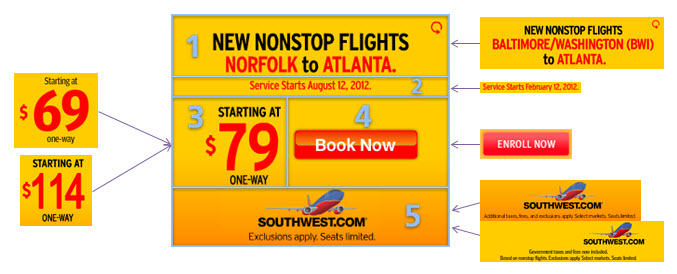In an abstract sense, creative display ads are simply more effective than text-based links or banners. Not only are they more attention-grabbing, but they are also interactive and incredibly engaging. In the most basic sense, creative display ads – creatives – are just way better. Until you realize that there is no single abstract. Pound for pound, creatives might indeed trump static display and text-based ads, but as a piece of advertising, creatives suffer from an inherent handicap: a single version can’t reach the breadth of its target market effectively. A single Creative Banner skewed to appeal to men, for instance, will inevitably alienate women to some degree. Here’s where dynamic creative optimization (DCO) steps in to save the day.
Improving Direct Response through Dynamic Creative Optimization
DCO is to creatives what SEO is to webpages. Digital creative agency says that It’s a process to optimize the performance of creatives to more efficiently fulfill a particular goal. One of the most typical goals that DCO helps creatives and creative agencies fulfill is the improvement of direct response campaigns. DCO takes a creative and molds it into the ultimate attention-grabbing, engagement-tempting, response-inducing advertising tool. Better yet, it takes a creative campaign and creates different versions of basically the same Dynamic Ads (or at least same marketing message) and gears it towards particular segments of the campaign’s target market. The marketing message the campaign wants to drive home to trigger direct response is sent through the most effective creatives to specific target groups.
Best Practices in DCO
DCO is as complicated as it is effective, but you can only reap its benefits if you know how to do it properly. Here are four of the most effective DCO best practices to always keep in mind:
- Target and retarget – Target marketing generally occurs in two levels: the conceptual side that uses market data and research to categorically segment the target market into consumer personas, and the technical side (especially when it comes to creatives online) that deals with tracking, website visitor behavior, and browser cookie settings. The key here is to craft effective buyer personas which will then guide your creative design. Each creative will cater to a very specific buyer persona, making it very relevant and engaging to that particular persona. This form of targeted advertising is only half the battle, however, since you also need to rely on retargeting data to actually deliver the right creatives to the right audience. Leverage behavioral and demographic segmentation as well as product retargeting to further offer the right goods to the right people.
- Monitor and test – How early into the creative campaign do you begin monitoring your ads’ performance? How deep into your sales funnel do you continue monitoring? Monitor the performance of your creatives early and keep testing how far your ads can drive your campaign. If creatives can meet set goals consistently, raise the bar slightly higher and use the same creatives to see if those same ads can accomplish something better. Continually raise the bar until the same creatives no longer work, and then do some A/B testing to find which creatives can. Of course, all of this monitoring and testing should be aligned with your campaign’s overall objectives.
- Follow and tag – If you follow the purchase journey of a single user, you can effectively see how far the user goes before conversion or abandon, and which creatives helped the journey go one step further. With DCO, different creatives work for different people as well as different points of the sales funnel. The closer to conversion, for instance, the more hard-selling the pitch becomes in the creatives. Creatives can also prevent gradual abandon due to loss of interest if a new, more effective creative can meet a user on his or her way out of the sales funnel. Use conversion tags on your creatives to more effectively follow how well they are driving the purchase journey.
- Be selective and consistent – There are two pertinent questions you need to ask yourself regarding your creatives’ design: “am I using the right elements?” And: “am I staying consistent with my marketing message – from Dynamic Ads to landing page to brand?” Be rightfully selective when applying creative, interactive elements to your ads; too much will backfire, while too few won’t be as effective. As for message consistency, always reflect your value proposition and branding thrust, from ad to landing page to homepage.
Apply these DCO best practices in your direct response campaigns, and you’ll be surprised how much more effective your creatives can be not just in the abstract, but also in practice.




